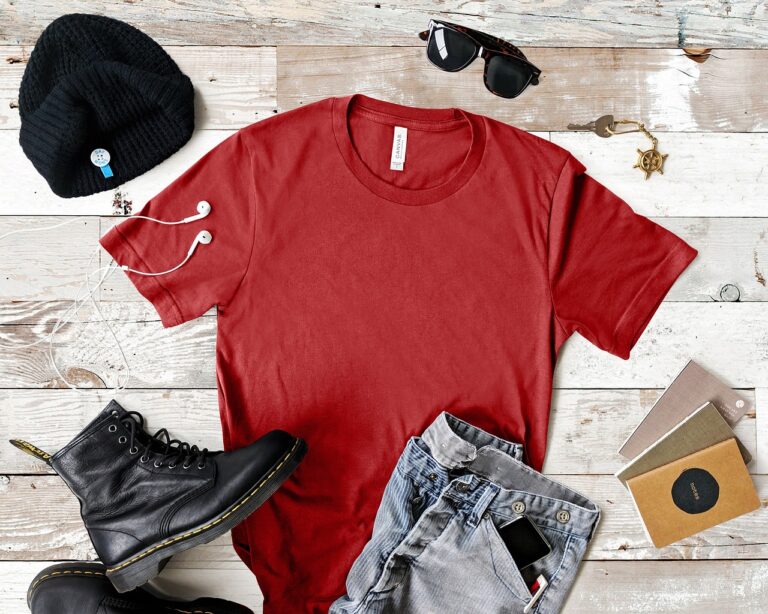Textile Waste Reduction in Fashion Design: Designing with Minimal Scrap: 11xplay reddy login, Gold365 registration, Skyfair
11xplay reddy login, gold365 registration, skyfair: Textile waste reduction in fashion design is a crucial topic that is gaining more and more attention in the industry. Designing with minimal scrap not only helps to reduce environmental impact but also can save costs for fashion brands. In this article, we will explore the importance of minimizing textile waste in fashion design and provide some tips on how to achieve this goal.
Why is reducing textile waste important in fashion design?
The fashion industry is one of the most wasteful industries in the world, generating tons of textile waste every year. Textile waste contributes to environmental pollution, as well as the depletion of natural resources. By reducing textile waste in fashion design, brands can help minimize their environmental footprint and contribute to a more sustainable future.
Tips for designing with minimal scrap
1. Plan your designs carefully: Before starting a new collection, take the time to plan your designs carefully. Consider how you can maximize the use of fabric and minimize waste during the cutting process.
2. Use zero-waste patterns: Zero-waste patterns are designs that utilize fabric in a way that produces little to no waste during the cutting process. Consider incorporating zero-waste techniques into your designs to reduce textile waste.
3. Opt for digital printing: Digital printing allows for more precise placement of prints on fabric, reducing the amount of waste generated during the printing process. Consider using digital printing techniques to minimize textile waste in your designs.
4. Upcycle materials: Instead of throwing away unused fabric scraps, consider upcycling them into new garments or accessories. Upcycling is a great way to reduce textile waste and create unique, one-of-a-kind pieces.
5. Donate or recycle scraps: If you have leftover fabric scraps that cannot be used in your designs, consider donating them to textile recycling facilities or organizations that can repurpose them into new products.
6. Collaborate with suppliers: Work closely with your suppliers to source sustainable materials and reduce waste throughout the supply chain. By building strong relationships with your suppliers, you can ensure that your materials are sourced ethically and sustainably.
FAQs
Q: What are the environmental impacts of textile waste in the fashion industry?
A: Textile waste in the fashion industry contributes to pollution, greenhouse gas emissions, and the depletion of natural resources. By reducing textile waste, brands can help minimize these environmental impacts.
Q: How can small fashion brands implement textile waste reduction strategies?
A: Small fashion brands can implement textile waste reduction strategies by planning designs carefully, using zero-waste patterns, upcycling materials, and collaborating with suppliers to source sustainable materials.
Q: What are some examples of zero-waste fashion designers?
A: Zero-waste fashion designers include brands like Zero Waste Daniel, Tonl鬠and Tonii. These designers prioritize sustainability and minimize waste in their design and production processes.
In conclusion, designing with minimal scrap is essential for reducing textile waste in the fashion industry. By implementing strategies like zero-waste patterns, upcycling materials, and collaborating with suppliers, fashion brands can help minimize their environmental impact and create a more sustainable future for the industry. Let’s work together to make fashion design more eco-friendly and less wasteful.







